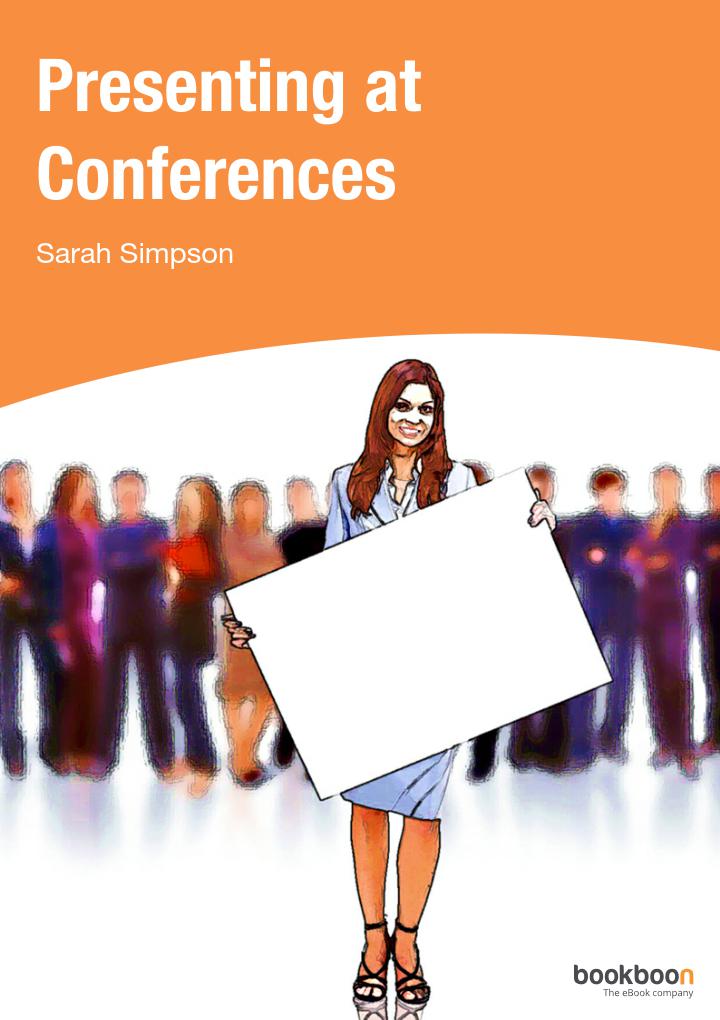4 presentation opening ideas that work

“A good presentation ….can be a delightful experience, an elegant performance, a memorable show for its audience” Osmo Pekonee, Author and mathematician.
One of the most important stages of a presentation is the opening. This is where you either catch the attention of your audience for the rest of your speech or lose them for good.
A great opening will:
- Reduce your anxiety
- Establish an audience connection – it is estimated than an audience will form an impression of you in the first 90 seconds
- Ensure you stand out for all the right reasons!
- Provides a ‘hook’ making the audience sit up, take notice and giving them a reason to listen to you (another reason for knowing your audience and their background). For example, take these two introductions
Here are 4 suggestions for a memorable and catchy opening. Don’t miss this!
Opening 1 – Imagine
Get the audience to imagine a scenario. The first word using this approach is “imagine…” or “suppose”. You then give the audience a scenario that they can relate to and which is the main focus of your presentation. This method is most effective if you do not introduce yourself first but ‘hit them’ with this statement first.
Example
Computer science research student: “Suppose you could reduce your equipment downtime by 10%, what would be the impact on your profit and productivity? My name is ….. and this is what my research has been looking at”.
Opening 2 – What and why
Tell them what you are going to do and why. This is a more ‘traditional’ approach to opening a presentation but again can be delivered in a way that makes it relevant and interesting.
Example
“Hello, I’m here today to talk about targeting your customers and the tremendous increase in sales associated with my approach. I’ll show you why current methods don’t work, what my alternative is and how even I was surprised by the increase in sales and reduction in staff costs I achieved”
This version:
- Does not duplicate your name and title
- Tells the audience what they are going to hear (providing signposting and presentation flow)
- Gets the audience’s attention – there’s something directly in it for them (profit and commission)
Opening 3 – Thought-provoking
This approach can be particularly powerful if you have one figure displayed as the audience is settling rather than an opening title and name slide. This ensures that the audience has already built up an interest in what you are going to say by trying to decide amongst themselves what the number/statistic relates to. It’s a bit like a crime program leaving you until after the break or until another night to conclude the ‘mystery’.
The only rule of thumb is that your statistic must directly relate to your audience and your main presentation aim/message.
Example
In a document published in 2011, it was estimated that there were 3.6 million UK children living in poverty. This equates to 27% of the child population or just over 1 in 4. Using 3.6 million as your statistic is too large for most people to reference and put in context, but 27% or 1 in 4 is manageable. Especially if you then directly relate this to the audience by telling say an audience of 400 that this would mean poverty affecting 108 of them, or even better getting 108 of them to stand up as a visual representation (the easiest way of doing this is placing 108 coloured pieces of card or paper on chairs prior to your presentation)
Opening 4 – Involve the audience
Two possible methods of audience involvement are to include getting a show of hands or asking a question.
Example
Insert a slide with the statistic you want to relate to and ask the audience “hands up all those of you got a great night sleep last night”? After a quick ripple of chatter and laughter a certain percentage will raise their hands. You then introduce your statistic “it is estimated that 1 in 3 people in the UK suffer from insomnia and I / my team have been researching ways of reducing this number, which is great news for those of you who didn’t put your hands up!”
As we have explained, some openings are better than others depending on your particular style, topic, and audience. However, the central premise remains the same: your opening must capture the audiences’ imagination, make you stand out from the rest, give the audience a reason to listen to you and support your main message.




